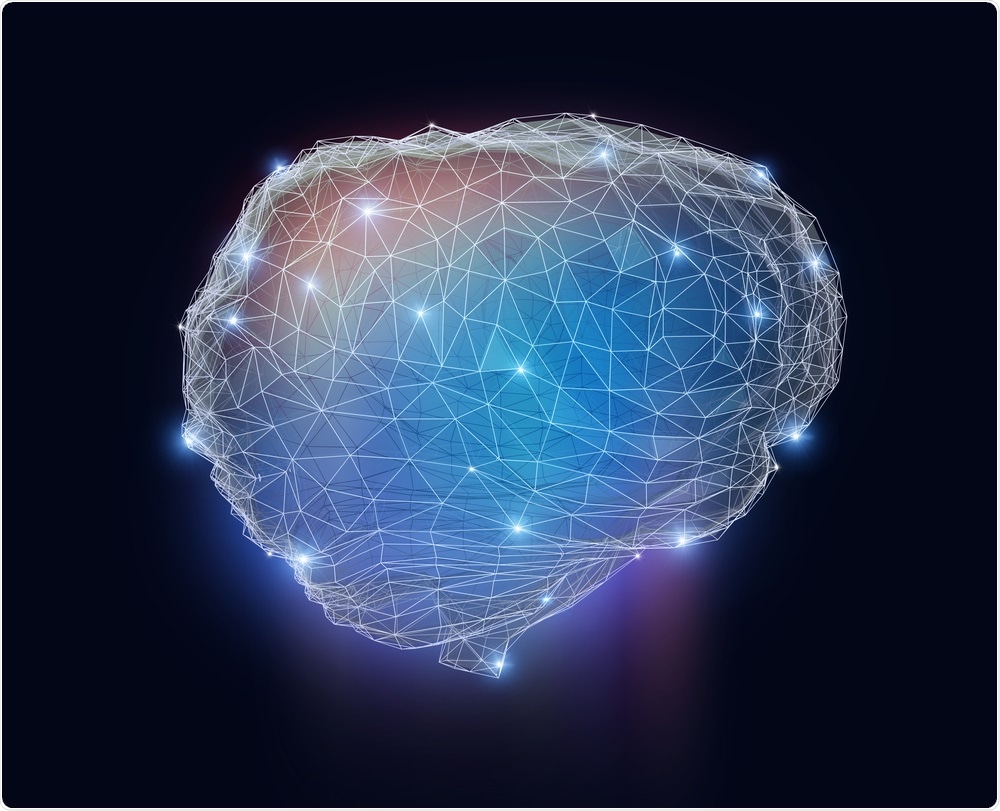Researchers at the University of Utah Health have used machine learning to start making links between seemingly instinctive, random behaviors and the genetic factors that shape such behaviors.
 Chesky | Shutterstock
Chesky | Shutterstock
Using machine learning to study mice with differences in their genetics and age, the team found that these differences influenced the behavioral sequences the animals expressed while they foraged for food.
The researchers believe the methodology could one day be applied to help understand the genomic elements that may shape complex behaviors in humans, including those that lead to disease or psychiatric disorders.
Patterns of complex behavior, like searching for food, are composed of sequences that feel random, spontaneous and free. Using machine learning, we are finding discrete sequences that are reproduced more frequently than you would expect by chance and these sequences are rooted in biology.”
Christopher Gregg, Senior Author
Gregg and colleagues are venturing into what has previously been considered a controversial new territory called behavioral sequencing. The aim is to understand the architecture of complex behavior and how genetics shape these patterns.
Concerns about research into behavioral genetics
The concerns surrounding behavioral genetics research are based on fears that it could lead to eugenic policies.
Literally meaning “well-born,” eugenics refers to the improvement of humanity using scientific methods such as selective breeding.
As outlined by the Nuffield Council on Bioethics, the use of “negative eugenics” has led to some of the worst atrocities in recent history such as the segregation and sterilization of hundreds of thousands of people in the United States and Europe.
However, members of the council point out that contemporary research into the area is not necessarily pursuing eugenics-based goals and that the devastating events that have occurred in the past could be learned from to prevent such abuse in the future.
The council acknowledges that there are certain concerns that need to be addressed if research into the field is going to be encouraged. Defining and measuring behaviors can be challenging and there is a risk of misinterpreting or misapplying statistical estimates of heritability.
Other concerns include the lack of replicated findings and difficulties in predicting how behavior develops, given how complex the interaction between genes and the environment is. However, the council concludes that despite these concerns, identifying and investigating the genes that influence behavior is still practicable and worthwhile.
“There are currently no practical applications of research in the genetics of behavior within the normal range. But it is not too soon to examine ethical and social issues raised by potential developments.”
Complex behavior composed of “building blocks” controlled by genetics
The current study supports the notion that complex behavior is made up of “building blocks” (which Gregg and team refer to as behavioral modules) and that how these blocks progress to form different behaviors is influenced by genetics.
As recently reported in the journal Cell Reports, the team studied 190 mice of varying ages and with different genetics as they moved from their home into a specially created area where food was present. This enabled the team to see which behavioral sequences the animals expressed as they scurried about looking for food.
While mice forage for food, various different neural systems are involved in controlling seeking behaviors, navigation, memory, anxiety, hunger, attention, and reward.
Using the machine learning algorithm, Gregg and team found that the differences in the animals’ ages and genetics influenced different behavioral sequences.
Most species have a home range and their behaviors are structured around this home range. We were able to identify reproducable behavioral sequences and use this information to understand the complex patterns over time.”
Christopher Gregg, Senior Author
The building blocks for more complex behavior
The researchers separated the trips the mice made from home to the food source and back into a series of more than 5,600 actions that involved additional information on factors such as speed, gait pattern, location visited and distance traveled.
This information was then evaluated using machine learning, which generated 71 reproducible behavioral sequences that serve as building blocks for more complex patterns of behavior.
The transition from one such building block to the next suggests there is a mechanistic relationship yielding certain behaviors that reduce the risk of predation and minimize energy expenditure and calorie intake. The machine learning method also pinpointed spontaneous responses that were unique to particular mice.
Mutation in just one gene copy significantly influences behavior
Gregg thinks that the method is sensitive enough to detect a mutation in a single copy of a gene. His team, therefore, tested it on foraging mice that had a gene mutation linked to autism called Magel2.
For instance, when Magel2 is inactivated in the mother, the father’s copy is turned on, in which case it would be expected that the mother’s copy would be silent and would not affect offspring. However, this was not the case.
"What was exciting to us was we were able to detect significant effects on behavior from a single mutation in only the mother's gene copy," says Gregg.
Applying the method to humans
So far, the researchers have only studied the building blocks that apply to foraging behavior in a mouse model. However, Gregg thinks the method could not only be used to understand the building blocks of other complex behaviors, but also to identify the specific genomic elements that influence behaviors in humans, including those that lead to disease, obesity and psychiatric problems such as anxiety and addiction.
If there is a mutation that causes disease in people, we hope to use this method to map it to specific modules [aka behavior building blocks] to learn how genes contribute to shaping particular behavior patterns.”
Christopher Gregg, Senior Author
Journal reference:
Stacher-Horndli, C. N., et al. (2019). Complex Economic Behavior Patterns Are Constructed from Finite, Genetically Controlled Modules of Behavior. Cell. DOI: https://doi.org/10.1016/j.celrep.2019.07.038.